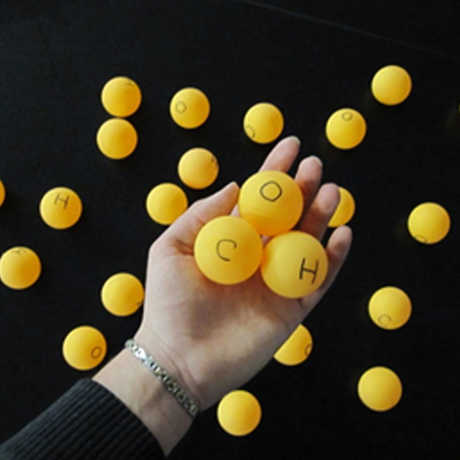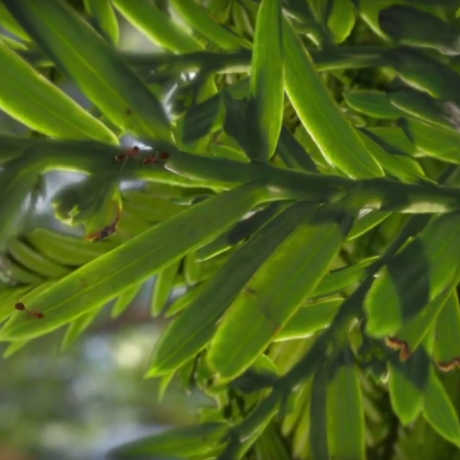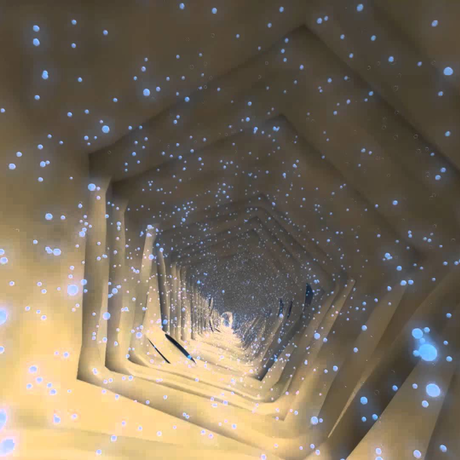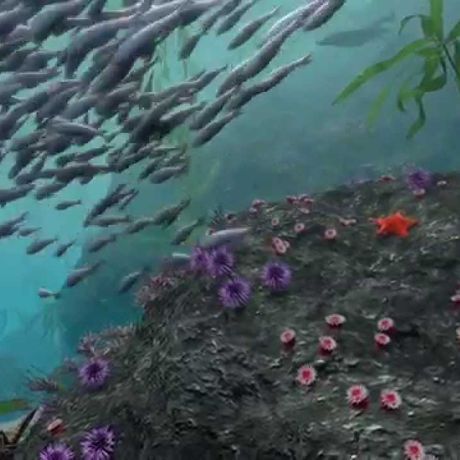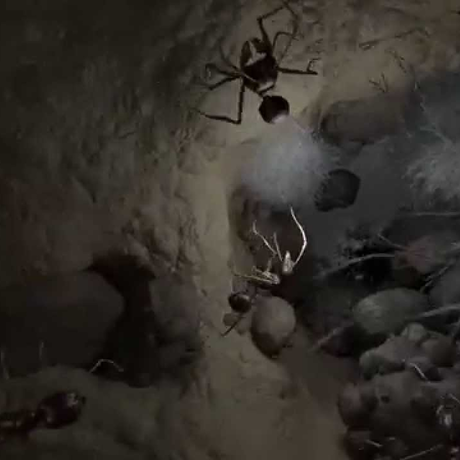Need to jazz up your cellular structure and function unit? Start by allowing students to sit in the inquiry seat. For this exercise, show the video, and consider stopping the clip at 1:45 so that you don't dive all the way to the single molecule level.
Before Watching
Explain that they are aliens who have come to visit Earth to study it, and their technology allows them to change size to view things at smaller scales. After watching this video, each table group will be responsible for describing what they witnessed, creating new names for things using made-up terms in the alien language.
While Watching
Stop at one or more of some key freeze frames (suggestions: 0:37, 1:00, 1:06, 1:35). Have students make a quick sketch in their notebook.
After Watching
Have table groups pick the view most interesting to them for the alien assignment: make a funny description of at least one structure they see, being sure to describe the structure and make a prediction as to its function--even if wild! Groups should also name the structure. You can model this at the stoma view (0:37) by saying something like "As we approached the green wall, we entered what looked to be a volcano with a wide rim stuffed with pea-shaped thingamabobs. We might guess this volcano is used to spit out arrows at intruders, so we'll call it the Pea-Spitter for now."
As groups share out, students can jot down these fake names and functions into their notebook. The idea here is to highlight the important biological tenet of structure and function and harness the creativity of your students to create a shared language as you enter what some find a tedious unit. Then, proceed to your standard curriculum!
